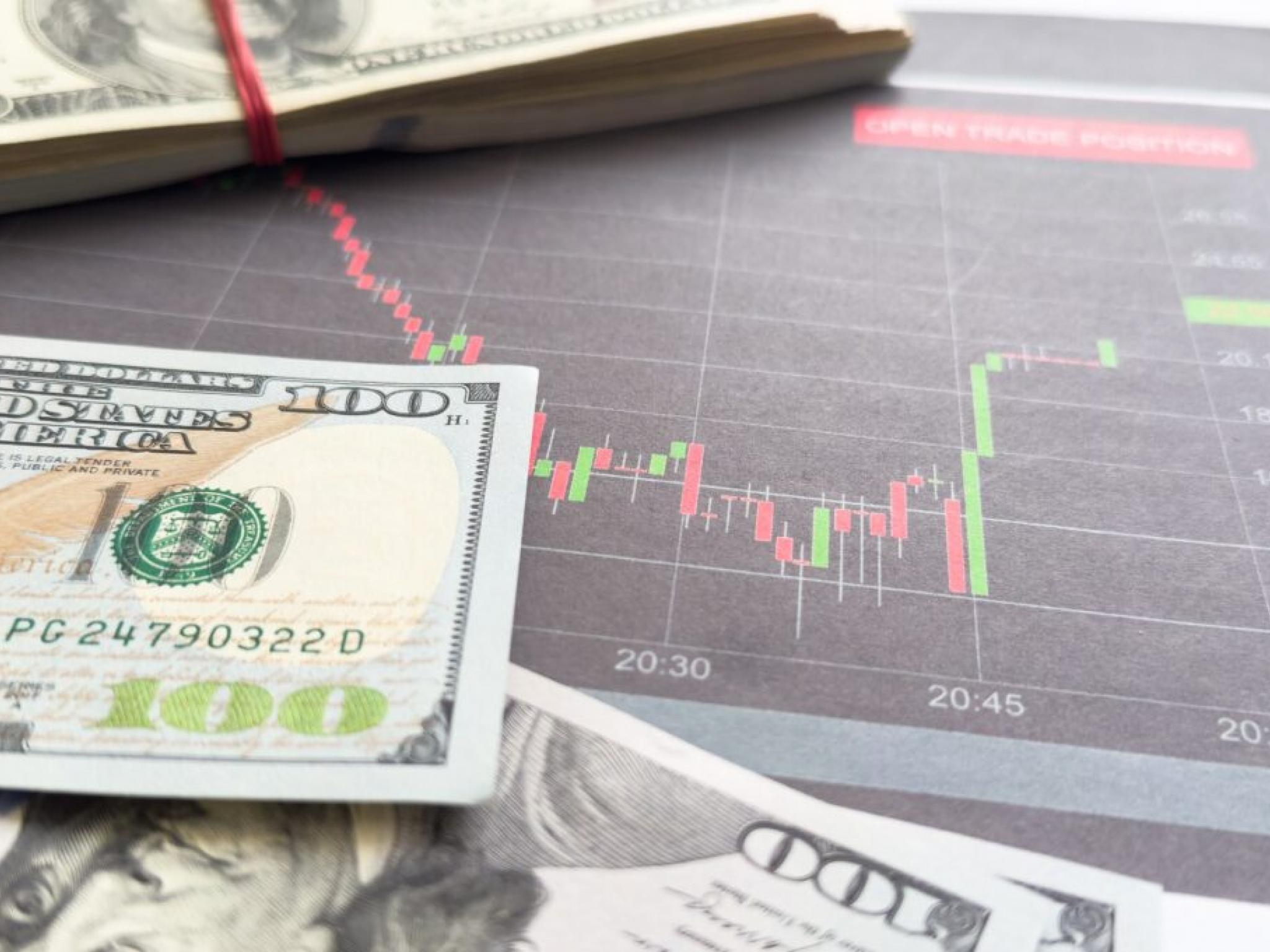US Growth Hides Trouble Beneath — Economist Warns Low-Income Americans Are 'Hanging On By Fingertips'
Author: Mohd Haider | October 10, 2025 07:20am
Even with the U.S. economy growing by 3.8% last quarter, and unemployment holding at 4.3%, Moody's (NYSE:MCO) Analytics said that roughly half of all U.S. states are actually seeing their economies shrink.
Low-Income Households Under Pressure
In an interview with Fortune, Chief Economist Mark Zandi said that 22 states are currently seeing their economies contract, while 16 are growing and 13 are “treading water.”
He pointed out that large states such as California, Texas, and New York, which are major contributors to U.S. GDP, are still growing, helping to keep the nation’s overall economic growth in positive territory.
See Also: Trump’s Immigration Policy Is ‘Adding To Costs And Inflation,’ Warns Moody’s Chief Economist
“Lower-income households are hanging on by their fingertips financially,” Zandi said.
“They’ve got a job, so that’s why they’re still able to spend and remain engaged in the economy, but increasingly the grip feels more tenuous because no one’s getting hired.”
Consumer Confidence Drops For Lowest Earners
The Conference Board's U.S. Consumer Confidence Survey, released in late September, found that consumers earning between $25,000 and $35,000 felt worse about the economy than they did when the survey hit its lowest point in April. Nearly 20% of respondents said jobs were hard to find, and 25% expected the job market to become even tougher.
The distinguished economist said wage growth for workers in the bottom part of the distribution is now lagging. Lower- and middle-income households are struggling with auto debt, student loan debt and mortgages with little savings.
Earlier, financial analyst Gordon Johnson also echoed similar concerns, warning rising costs are pushing Americans to the brink, stating people ‘can no longer afford life.
Adding to the caution, Fed Vice Chair Michael Barr said inflation could persist through 2027, with rates remaining restrictive longer.
Tariffs, Stricter Immigration Slows The Midwest
According to Zandi, the District of Columbia is expected to exprience the steepest economic contraction, driven by federal layoffs and funding cuts, which have also weighed on neighboring Maryland and Virginia.
Meanwhile, in the Midwest, states with economies reliant on manufacturing, agriculture, transportation, and mining are being affected by tariffs and Trump administration’s stricter immigration policies. Georgia has also faced a significant slowdown, largely due to its large manufacturing base, major port operations, and exposure to the agriculture sector.
JPMorgan Chase (NYSE:JPM) CEO Jamie Dimon recently issued a recession warning for 2026, citing concerns about stubborn inflation.
Read Next:
Photo Courtesy: Shutterstock
Disclaimer: This content was partially produced with the help of AI tools and was reviewed and published by Benzinga editors.
Posted In: JPM MCO





